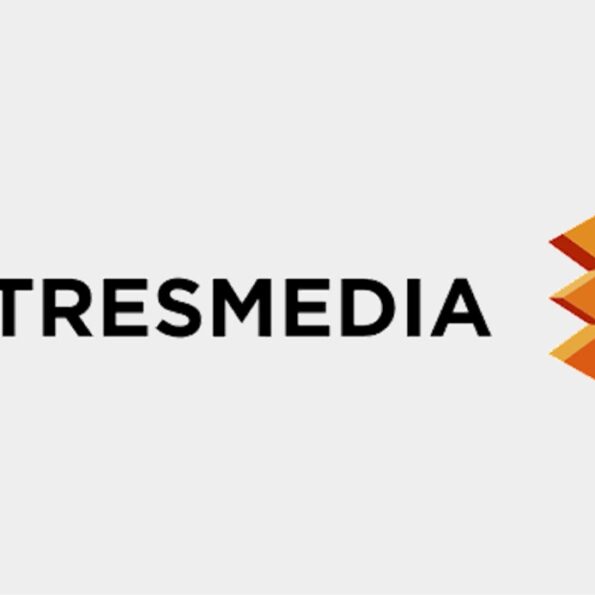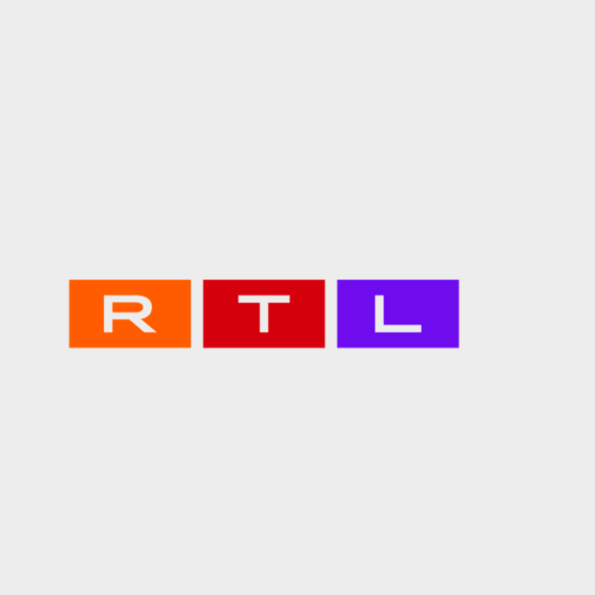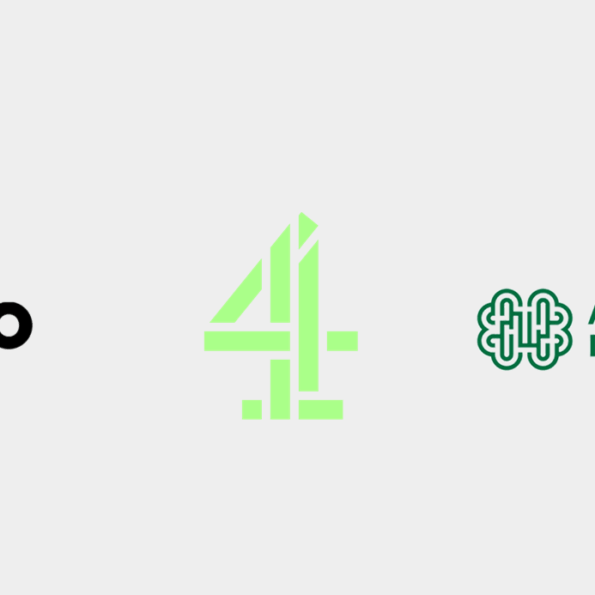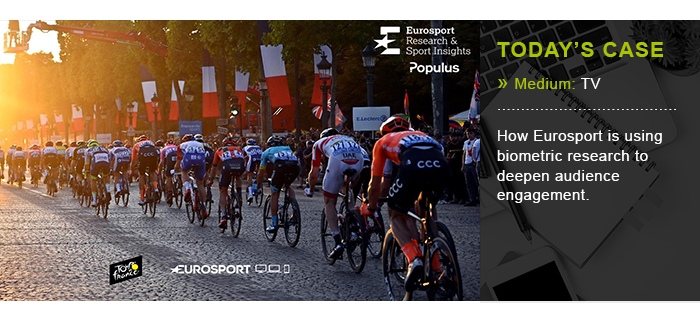Keeping viewers engaged throughout a live sporting event on television – which may last up to several hours – often remains a challenge for TV companies. This week’s egtabite features the use of biometric measurement by Eurosport to tackle this challenge – an innovative approach aimed at understanding which moments during these events drive higher engagement and which moments are less engaging for viewers.
The Discovery-owned pan-European television sports network implemented the technology during its coverage of the 2019 Tour de France for the UK market – with the aim of better understanding viewer sentiment and eventually build a benchmark database with best practices for different sports.
What is biometric measurement?
Understanding audience engagement, in general, relies on post-event survey data that feed back into future coverage. This approach, however, demands of viewers a rational response to what is an in-the-moment emotional reaction to what they see in front of them. Biometric research, on the other hand, offers TV companies second-by-second measurement of viewers’ emotional reactions to live sports, which can help influence how they present the content and also inform marketing communications and advertising/sponsor relations.
2019 Tour de France
Eurosport used the coverage of the Tour de France as a pilot project recruiting 75 viewers who reflected the broadcaster’s cycling demographic profile. These viewers each received a palm-held device that measures galvanic skin response: sweat gland activity that reflects the wearer’s emotional state, and heart rate. The device transmits the information via an app for researchers to analyse. The set-up allowed viewing to take place in the participants’ normal TV environment for a two-hour period during a mountain stage of the Tour.
In addition to measuring the emotional engagement with the content on screen, the research also aimed to gather information about other areas, such as short sponsored programmes inserted into the coverage, on-screen graphics, camera angles, commentary, post-race analysis and ad breaks.
In short, such questions as: How many split screens are optimal? Do people understand the on-screen graphics? Does the advertising work? When and what advertising works best? Who are the best commentators?
Results
The highest point of engagement was found to be a descent where the riders reached speeds of up to 70 kph. Forward-facing motorcycle cameras behind the riders gave viewers the sense of being in amongst the peloton. At this point, cameras focused on a rider struggling with a damaged wheel and Eurosport commentators attempt to diagnose the problem. The high engagement in this instance was driven by the sensation of speed, a rider’s perspective, focused commentary and problem-solving. Meanwhile the lowest point of engagement came during a relatively quiet period during an 11km climb, with no attacking moves and commentary of more general nature, waiting for some excitement. Helicopter views of the landscape and riders taking on water appear more frequently – it was a quiet moment in the race.
The research provided interesting insights for advertisers. “While previous research indicates that audiences can lose interest during ad breaks, this research shows us that we can take steps to retain audiences,” Susi Thorimbert, head of research at Eurosport, said. “We were able to look within the ad breaks to understand which ads perform better, and why.” The pilot project revealed the best ways to position ads relative to live sport content, and which ads saw an uptick in engagement among cycling fans. This, says Thorimbert, has provided Eurosport with new benchmarks to aid clients in developing creative executions that resonate with fans.
Next steps
“We will continue to use this type of biometric measurement to build a kind of benchmark database with different sports,” said Thorimbert. As well as cycling, her team has just finished a similar research project based around tennis coverage of the Australian Open in Germany, and during the Tokyo Olympics is planning to measure several different sports.
“For the Olympics, for example, we’re planning to use this technique and measure several moments of the Games with the same respondents. This will allow us to measure separate sports, several locations, different type of commentary, different type of broadcast. We are confident that this biometric research adds significant value for our evaluation of our broadcasts and our future productions and will provide valuable data to our editorial teams so that they can optimise their decision making to increase viewer engagement.”
OTHER CASE STUDIES

HOW TO USE UNSOLD INVENTORY TO PROVE TV’S EFFECTIVENESS
28. 11. 2025Transfer Media, Belgium’s sales house for premium thematic and kids channels, worked with DSTRSD media to turn unsold linear TV minutes into measurable single product commerce tests. The goal was to show how unused airtime can support a low effort conversion pilot that brings incremental revenue and gives sales teams concrete evidence on audience response,… Continue reading EGTABITE 293: HOW EUROSPORT IS USING BIOMETRIC RESEARCH TO DEEPEN AUDIENCE MEASUREMENT

HOW A LIGHTER AD LOAD ON CANAL+ BRAND SOLUTIONS’ STREAMING PLATFORMS BOOSTS EFFECTIVENESS IN ALL FUNNEL STAGES
28. 11. 2025Canal+ Brand Solutions – the sales house for Canal+ in France – released the results of a study on the advertising experience offered on Stream+, their aggregated digital video offer, which limits ads to an average of three minutes per hour and two pre-roll ads at the start of each program. The results show that… Continue reading EGTABITE 293: HOW EUROSPORT IS USING BIOMETRIC RESEARCH TO DEEPEN AUDIENCE MEASUREMENT

DPG’S AD MANAGER+ LAUNCHES FOR SEAMLESS DISPLAY WITH AI-BASED AUDIENCE
24. 10. 2025DPG Media is extending its in-house platform with Ad Manager+. The update adds AI optimization audience expansion, creative tools, and workflow support in the same self-serve environment that supports Full CTV and retail-data activation. For sales houses: retail and commerce data become addressable on big-screen inventory within a sales-house stack, with performance tools, reporting, and… Continue reading EGTABITE 293: HOW EUROSPORT IS USING BIOMETRIC RESEARCH TO DEEPEN AUDIENCE MEASUREMENT

INSIDE FRANCETV PUBLICITÉ’S ADSPACE•IA’S PLANNING LAYER
14. 10. 2025FranceTV Publicité is transitioning its media buying operations into an AI-assisted mode. ADspace•ia now produces real-time, inventory-aware recommendations for TV-cross-video campaigns. It executes these plans as a managed service on france.tv’s premium offer. For sales houses, this marks a tangible step in AI commercialisation: algorithmic Total Video mixes enriched with attention and carbon reporting. AI… Continue reading EGTABITE 293: HOW EUROSPORT IS USING BIOMETRIC RESEARCH TO DEEPEN AUDIENCE MEASUREMENT

UNBOXING THE FUTURE: TURNING SWEEPSTAKES INTO AN IMMERSIVE AR EXPERIENCE
11. 9. 2025In summer 2025, RTL AdAlliance in Austria reimagined the traditional sweepstakes by transforming it into an interactive Augmented Reality experience. Instead of waiting for a prize in a physical package sent to be to the winners, participants could place a virtual gift box in their own living room via smartphone and unbox it themselves. What… Continue reading EGTABITE 293: HOW EUROSPORT IS USING BIOMETRIC RESEARCH TO DEEPEN AUDIENCE MEASUREMENT

SPOTDELI: A UNIFIED PLATFORM FOR COMMERCIAL DELIVERY IN DUTCH TELEVISION
17. 7. 2025In a major step toward modernization and efficiency, Screenforce has collaborated with TV broadcasters in the Netherlands and have launched SpotDeli, a centralized platform for submitting TV commercials. Developed by Screenforce and MediaLab, SpotDeli has become the exclusive gateway for delivering commercials to major Dutch sales houses, including Ster, Talpa Network, and Ad Alliance. This… Continue reading EGTABITE 293: HOW EUROSPORT IS USING BIOMETRIC RESEARCH TO DEEPEN AUDIENCE MEASUREMENT

MADE IN AUSTRIA – MADE FOR AUSTRIA
16. 7. 2025A Unified Media Front for Austria’s Advertising Ecosystem In a historic first, Austria’s entire media industry, public and private broadcasters, alongside print and digital publishers, have launched a joint campaign to assert the value of local media to the nation’s economic and democratic health. The Austrian Broadcasting Corporation (ORF), the Association of Austrian Private Broadcasters… Continue reading EGTABITE 293: HOW EUROSPORT IS USING BIOMETRIC RESEARCH TO DEEPEN AUDIENCE MEASUREMENT

ITV EMBRACES YOUTUBE AS A STRATEGIC DISTRIBUTION AND COMMERCIAL CHANNEL
24. 6. 2025In a decisive shift away from legacy broadcast-only models, ITV fully integrated YouTube into its content and commercial strategy throughout late 2024 and early 2025. Rather than using YouTube purely as a promotional channel, ITV transitioned to treating the platform as a core pillar of its distribution architecture, publishing full-length episodes, launching thematic channels, and… Continue reading EGTABITE 293: HOW EUROSPORT IS USING BIOMETRIC RESEARCH TO DEEPEN AUDIENCE MEASUREMENT

ADS & DATA X SPA REINE ECO-PACK: UNLOCKING INCREMENTAL REACH THROUGH DATA-DRIVEN TV TARGETING
22. 5. 2025SPA Reine’s Eco-Pack campaign with Ads & Data sets a new benchmark in media innovation by combining linear TV with Addressable TV (Smart AD) to deliver incremental reach and optimize frequency. In a still water category under growing pressure from tap water and price-driven private labels, SPA Reine worked with Ads&Data to reaffirm its leadership… Continue reading EGTABITE 293: HOW EUROSPORT IS USING BIOMETRIC RESEARCH TO DEEPEN AUDIENCE MEASUREMENT

ATRESMEDIA PUBLICIDAD’S FREQUENCY OPTIMISER
21. 5. 2025Frequency Optimization in Connected TV Advertising Atresmedia Publicidad has introduced the Frequency Optimizer, a new technology solution aimed at improving the effectiveness and efficiency of advertising in connected television (CTV). The system utilizes HbbTV (Hybrid Broadcast Broadband TV) technology and a sophisticated ad-serving platform to manage and control ad frequency in real time, an advancement… Continue reading EGTABITE 293: HOW EUROSPORT IS USING BIOMETRIC RESEARCH TO DEEPEN AUDIENCE MEASUREMENT

AD MANAGER BY RTL ADALLIANCE – A UNIQUE GATEWAY TO EUROPE’S PREMIUM DIGITAL VIDEO INVENTORY
17. 4. 2025A unique gateway to Europe’s premium digital video inventory RTL AdAlliance has introduced AdManager, a self-service advertising platform that enables advertisers to directly purchase premium digital video inventory across multiple European markets. The platform consolidates access to Connected TV (CTV), Broadcaster Video-On-Demand (BVOD), and online video inventory within a single, user-friendly interface. It’s a first-of-its-kind… Continue reading EGTABITE 293: HOW EUROSPORT IS USING BIOMETRIC RESEARCH TO DEEPEN AUDIENCE MEASUREMENT

A VEVO & CHANNEL 4 STUDY – UNLOCKING THE POWER OF PREMIUM
17. 4. 2025Amid ongoing industry discussions around the definition of premium content and the role of global streaming platforms within the broader “TV” ecosystem, Vevo, the world’s leading music video network, which distributes the largest network of premium music channels on YouTube, has released a new study. The research conducted by Amplified Intelligence offers valuable insights into… Continue reading EGTABITE 293: HOW EUROSPORT IS USING BIOMETRIC RESEARCH TO DEEPEN AUDIENCE MEASUREMENT



